Location
"Combining a unique natural landscape, beautiful beaches, fascinating sights, and a rich historical heritage, Karpathos is a captivating destination that will win over even the most demanding visitors."
HISTORY OF KARPATHOS ISLAND
Karpathos is the mythological home of the Titan Iapetus and Protea and the home where Athina was raised. Prometheus also lived at some point in his life in Karpathos.
Karpathos is the second largest island of the Dodecanese Greek cluster (after Rhodes). It has an area of 300,152 sq.km., 160 km. length of coastline and a total population of 6.511 inhabitants. It is a rich Habitat and for this reason it has protected areas, where surviving populations were going toward extinction. The intense terrain of the island gives the visitor landscapes of great natural beauty, combining the beauty of the mountain and the sea. High mountains on the one hand and steep ravines on the other. On the cliffs and rocky shores there are the Eleonora’s Falcon and the Aigioglaros, two endangered bird species. Karpathos is and passage of migratory birds.
Small coves and beaches with crystal clear waters formed along the entire eastern side of the island and accessed easily, most either with the paved road network, or by excursion boat from the town of Karpathos. Some of these have been awarded with the blue flag award, because of safety, organization and cleanliness. There are unknown and rugged coastlines, accessed by trails that pass-through pines and wells. There are also caves with stalactites and stalagmites, mainly in the central part of the island.
The island lies in the middle of the Karpathian sea between Rhodes and Crete and has Pigadia as its capital, with a permanent population of 2,200 approx. residents during the winter months.
The history of the island
Karpathos is the mythological home of the Titan Iapetus and Protea and the home where Athina was raised. Prometheus also lived at some point in his life in Karpathos.
According to Homer, in his original reference, “Karpathos” was under Minoan influence and later was a member of the Athenian Alliance until 400 BC, which was then conquered by the Rhodians.
In antiquity, there were 4 fortified towns: Arkesia, Vrikous, Karpathos and Nisyros, and the islet Saria which was formerly united with the island of Karpathos. At Strait about 100 meters separating the two islands today, from the side of Karpathos, there are ruins of the ancient temple of Poseidon, Porthmioy and the Bay of Tristomoy, which was the large natural harbor of the ancient Vrikous.
Later, it passed successively into the hands of the Romans and the Byzantines, the Byzantines (Andrea and Louis-), the Venetians (family Cornaro) and Ottoman Turks. The middle ages, the island was called Skarpanto (Scarpanto).
In 1913, it was granted to the Italians. On October 5, 1944, with the residents of Menetes as their protectors, began a revolution of the inhabitants of the island inorder to become united with the rest of Greece.
Karpathos Now
Karpathos is an island of wild, untouched beauty in the Dodecanese, sculpted by winds, customs and centuries-old traditions
The second-largest of the Dodecanese islands has no equal. Karpathos holds on dearly to its past in its ancient acropolis, caves, churches and even its traditional dress.
The setting is dramatic in all the best senses of the word: striking vistas from untouched, clifftop and mountainside villages that defy gravity and a fearful hammering from the wind to keep a vigilant watch over the Aegean.
On Karpathos, you’ll discover an island with its soul very much intact, with living traditions, people of real character, musical skills passed down the generations and legendary festivals – untarnished by modern fads.
Are you in the mood to discover one of the hidden gems of the Dodecanese?
What to do on Karpathos island
-
Head to Olymbos, a timeless village in the north
Exposed to the winds, the village of Olymbos balances like a tightrope walker on a rough-hewn, remote ridge in northern Karpathos. Its houses spill down the slope seawards, tightly bound to each other and rooted in the rock. This wild place kept pirates and marauders eager to plunder Karpathos at bay, and it still resists intrusions by today’s more peaceful invaders. Just what you’d expect from a town that has been defying the tides of time since the 9th century
-
Travel through the colourful history of Karpathos
In a single glance, you can take in a wealth of clues as to the cultures that have had an impact on Karpathos island. Among the significant sights and attractions are early Christian churches, ancient Vroukounta and Arkesia; the castle and the acropolis at Aperi; the Roman cistern at Lefko; and the beehive tombs at Karpathos town and Arkasa. And then there are the more recent structures left by the Italians, such as bridges, aqueducts, wells, windmills and the outdoor ovens of Olymbos. Don’t miss this opportunity to travel into Karpathos’ past.
-
Discover manners and customs alive and unspoiled
It’s as if time has stood still on Karpathos where you will find a Greece straight out of a bygone era. Many women still wear traditional dress, while men harvest their crops with scythes. Men and women sit separately at village festivals, where musicians play the bagpipes, lyre and lauto, crafted on the island, and sing in the style of their ancient ancestors. In northern Karpathos, you’ll find even older, sometimes strange customs still practised faithfully. The festivals of this island have to be lived to be believed.
-
Take your pick of a pristine beaches
The award-winning sandy crescent of Apella is the most beautiful beach on Karpathos and a contender for one of the best in the Dodecanese. Emerald waters will also tempt you in at Kyra Panagia, Ahata, Lefkos and Ammopi – only the beginning of a long list.
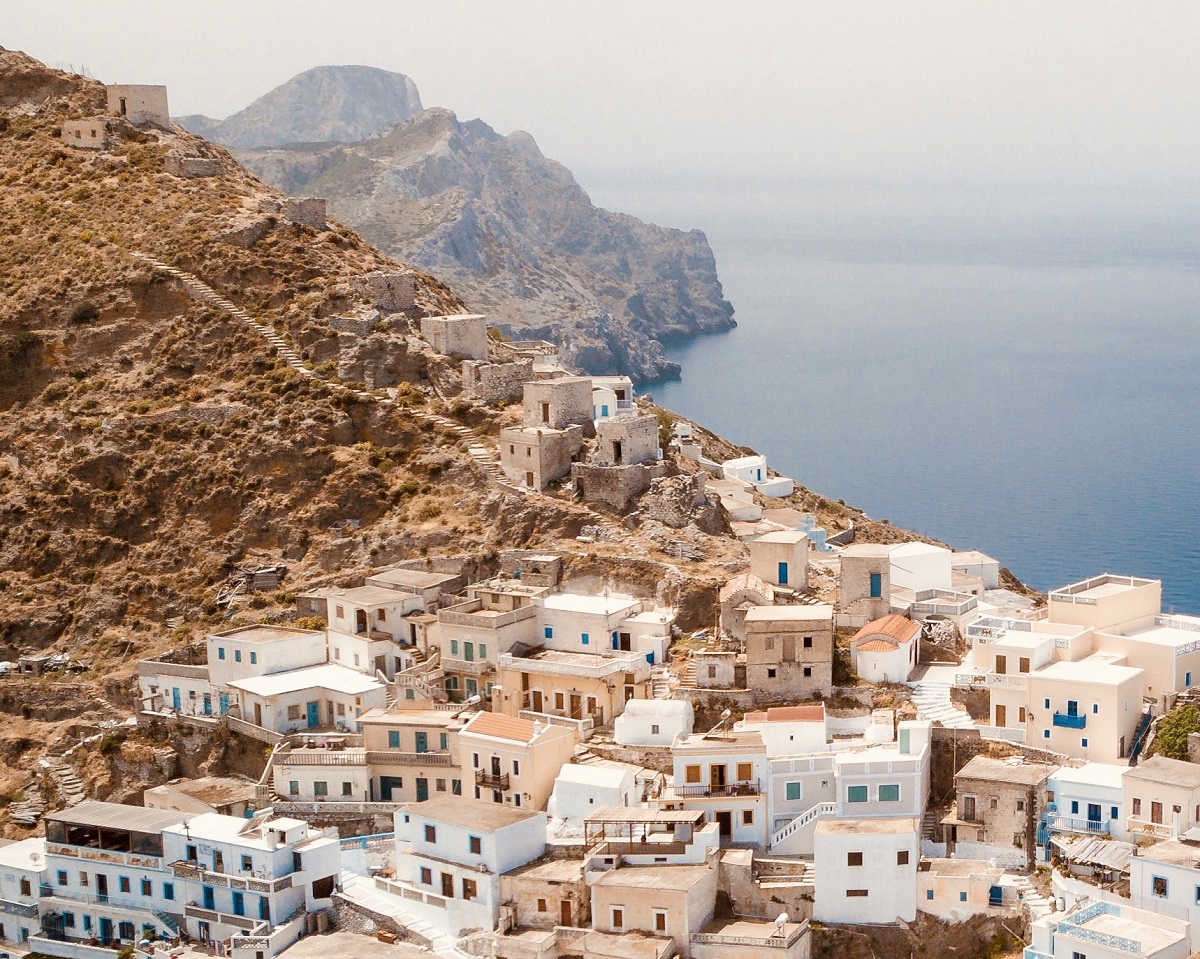
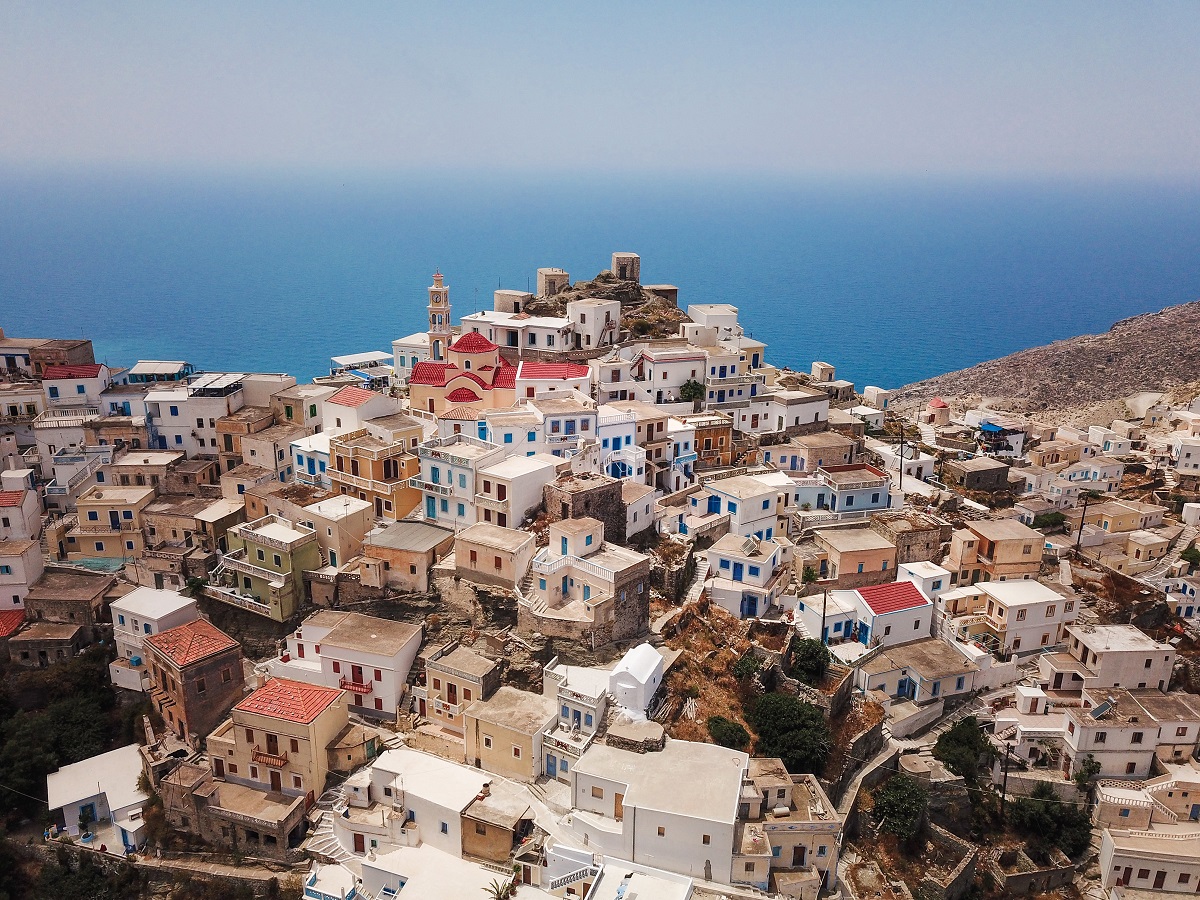
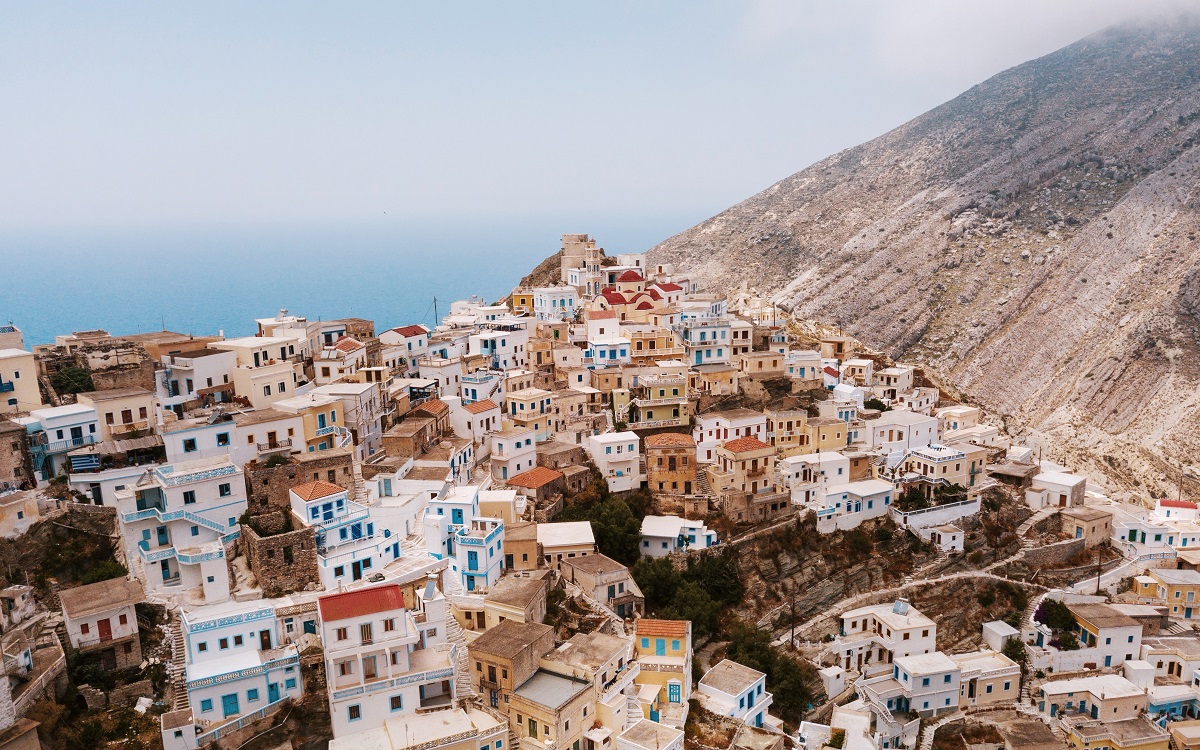

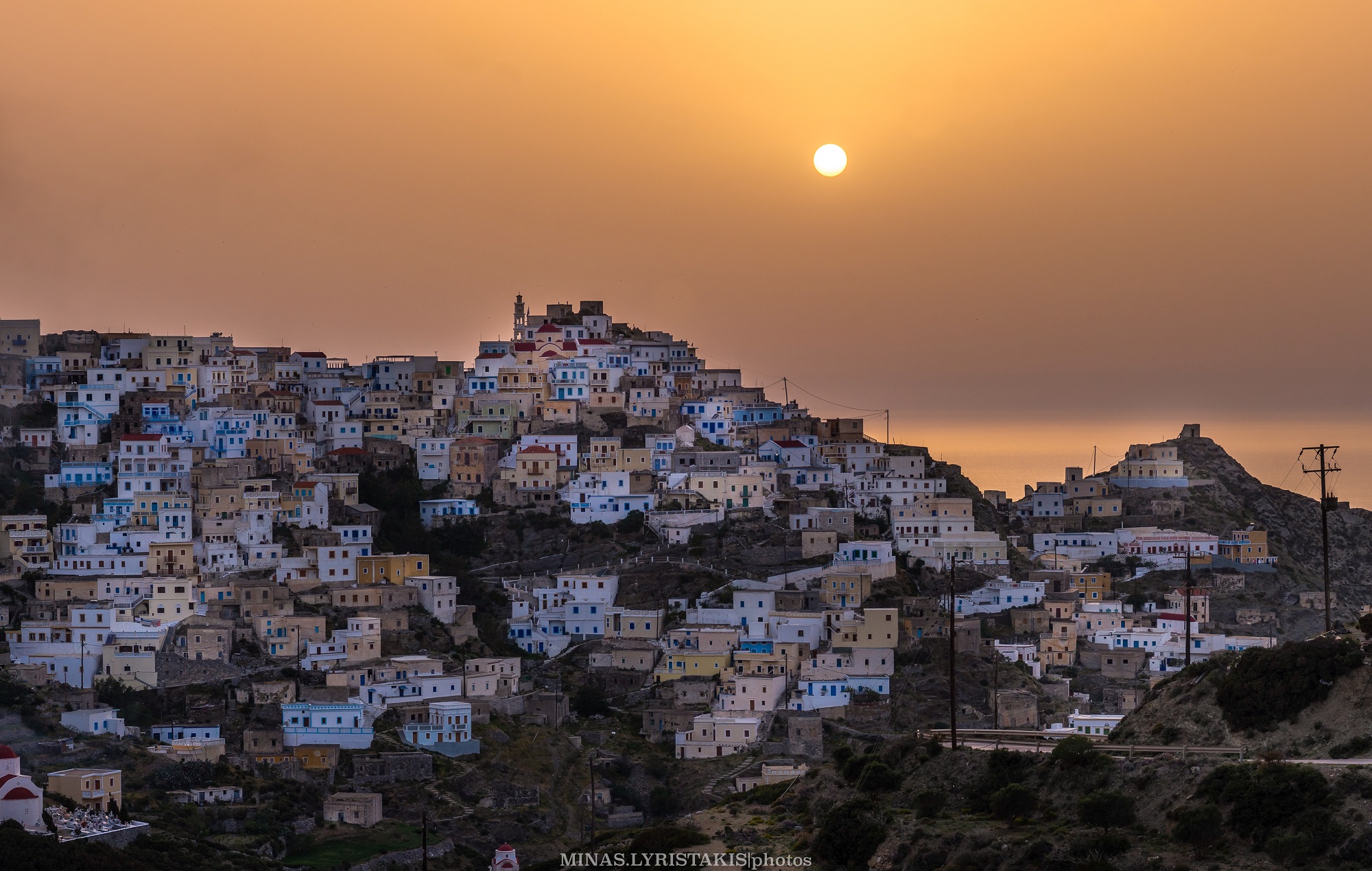
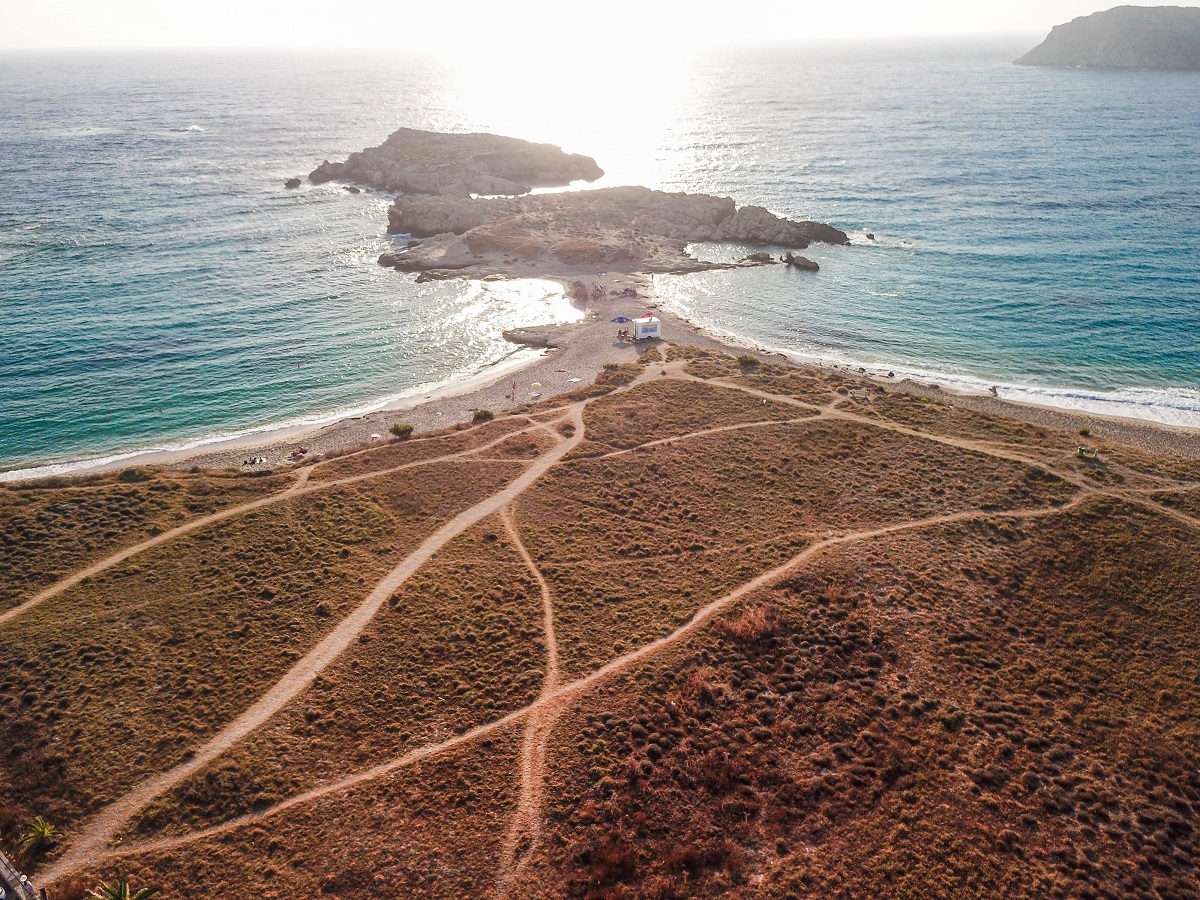
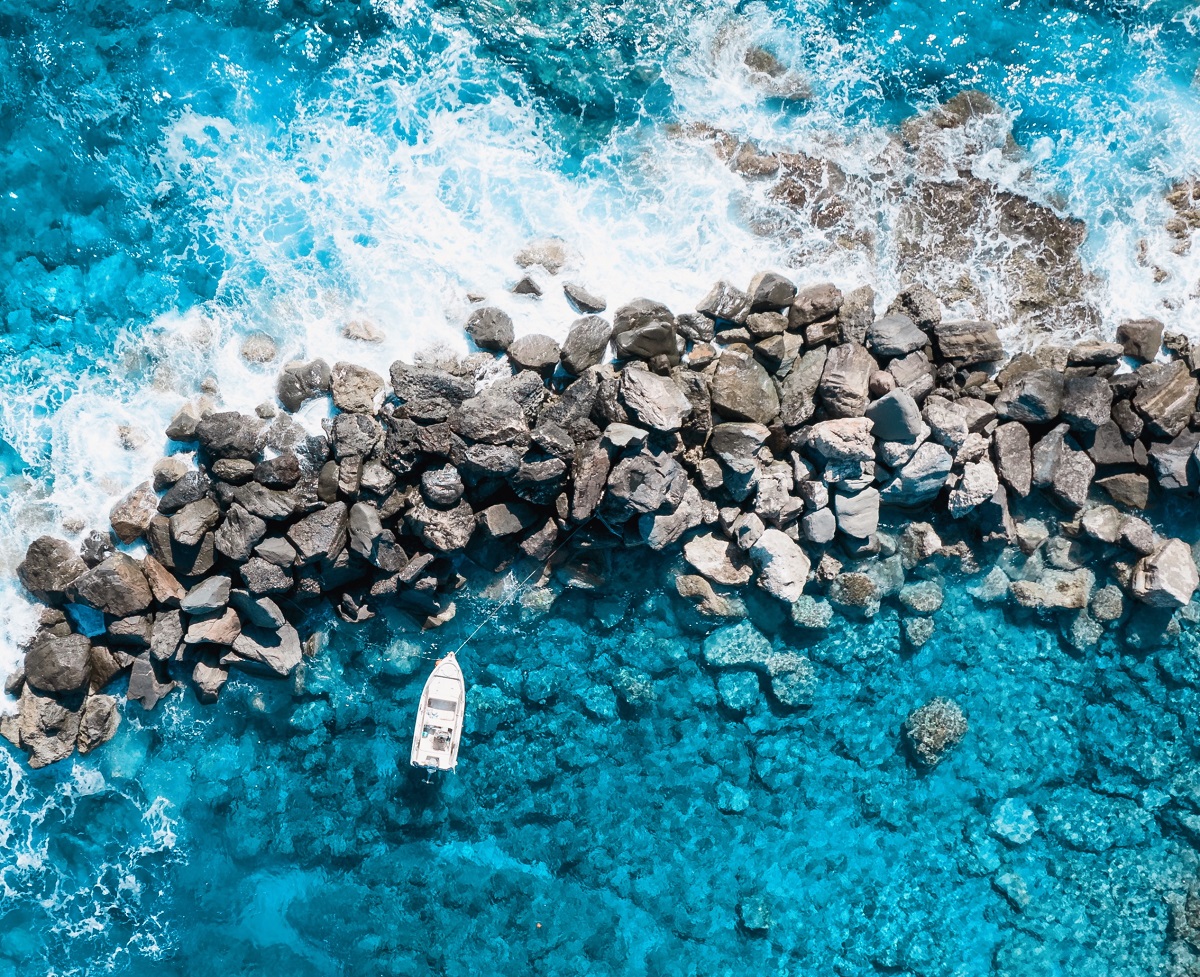

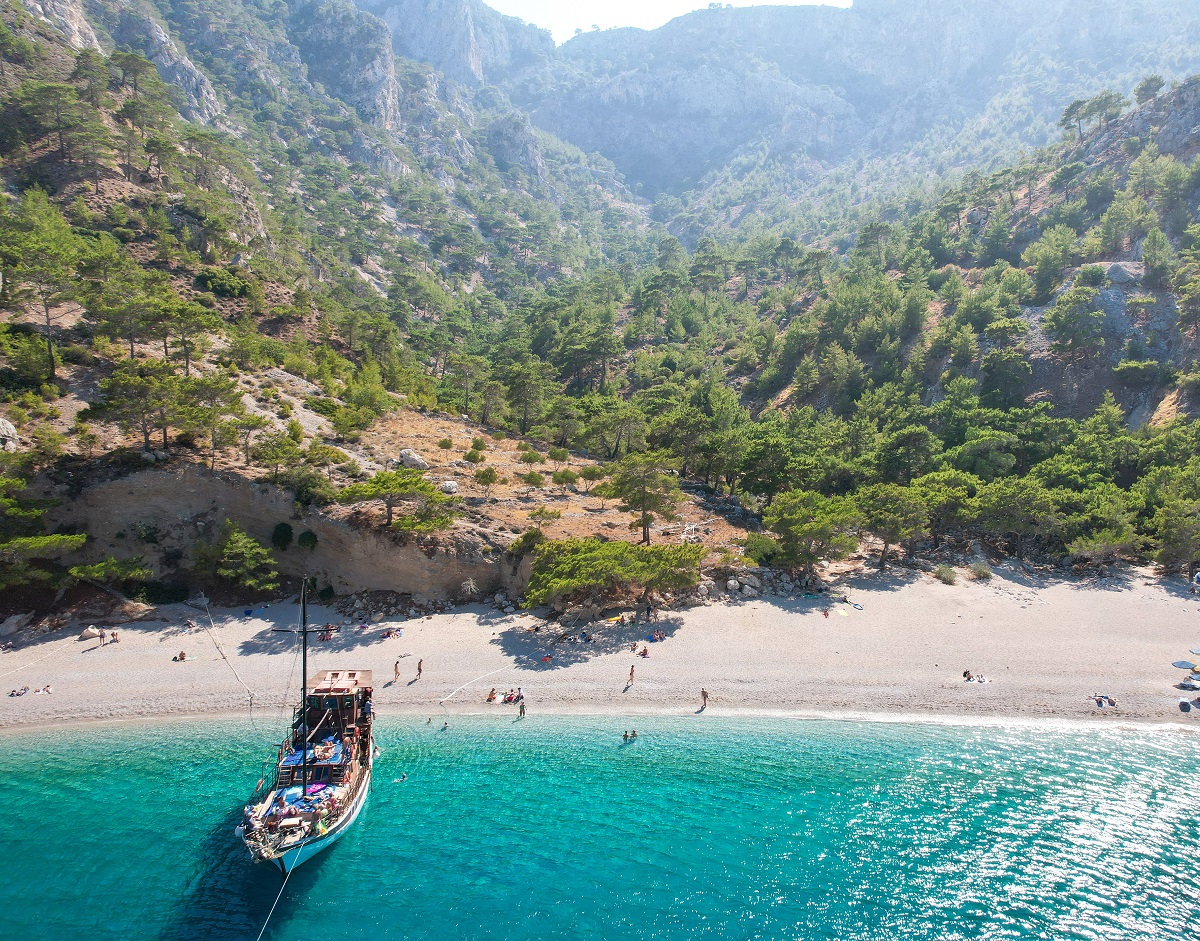
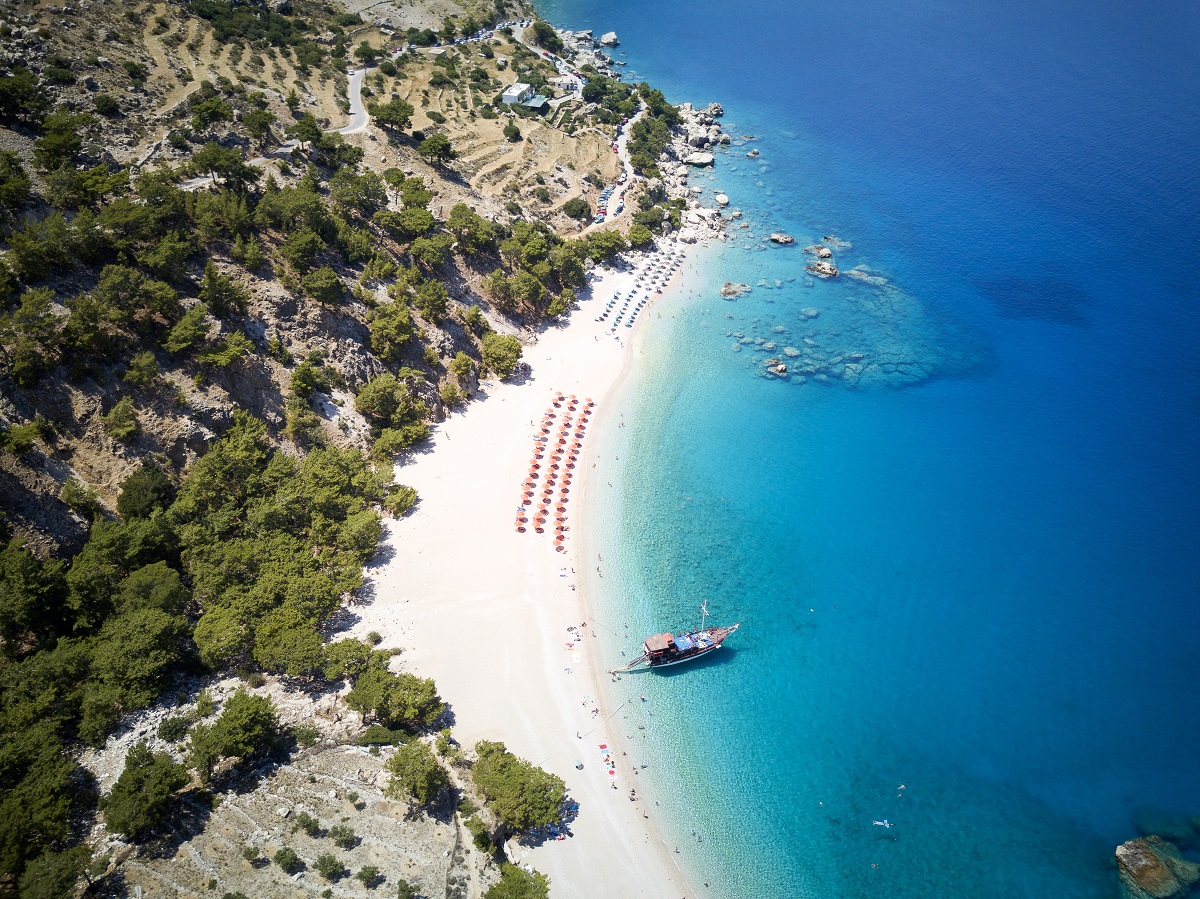

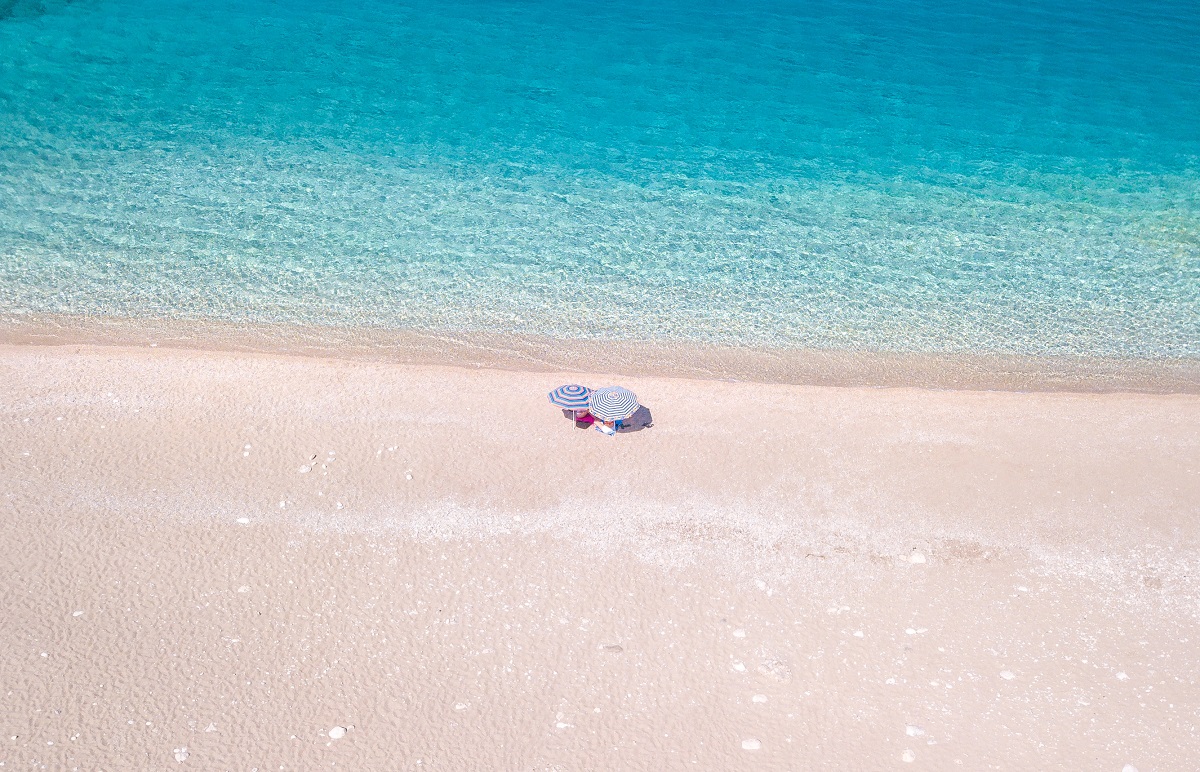
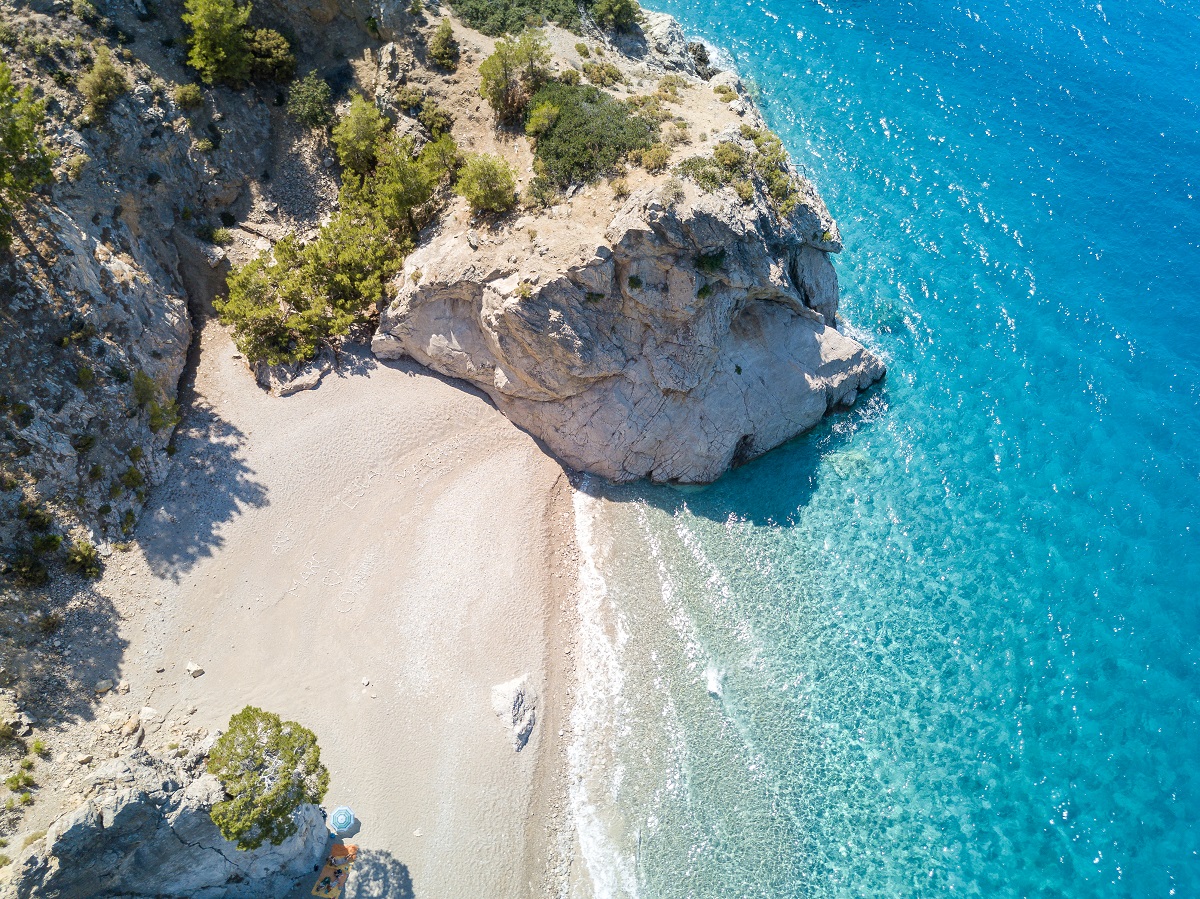
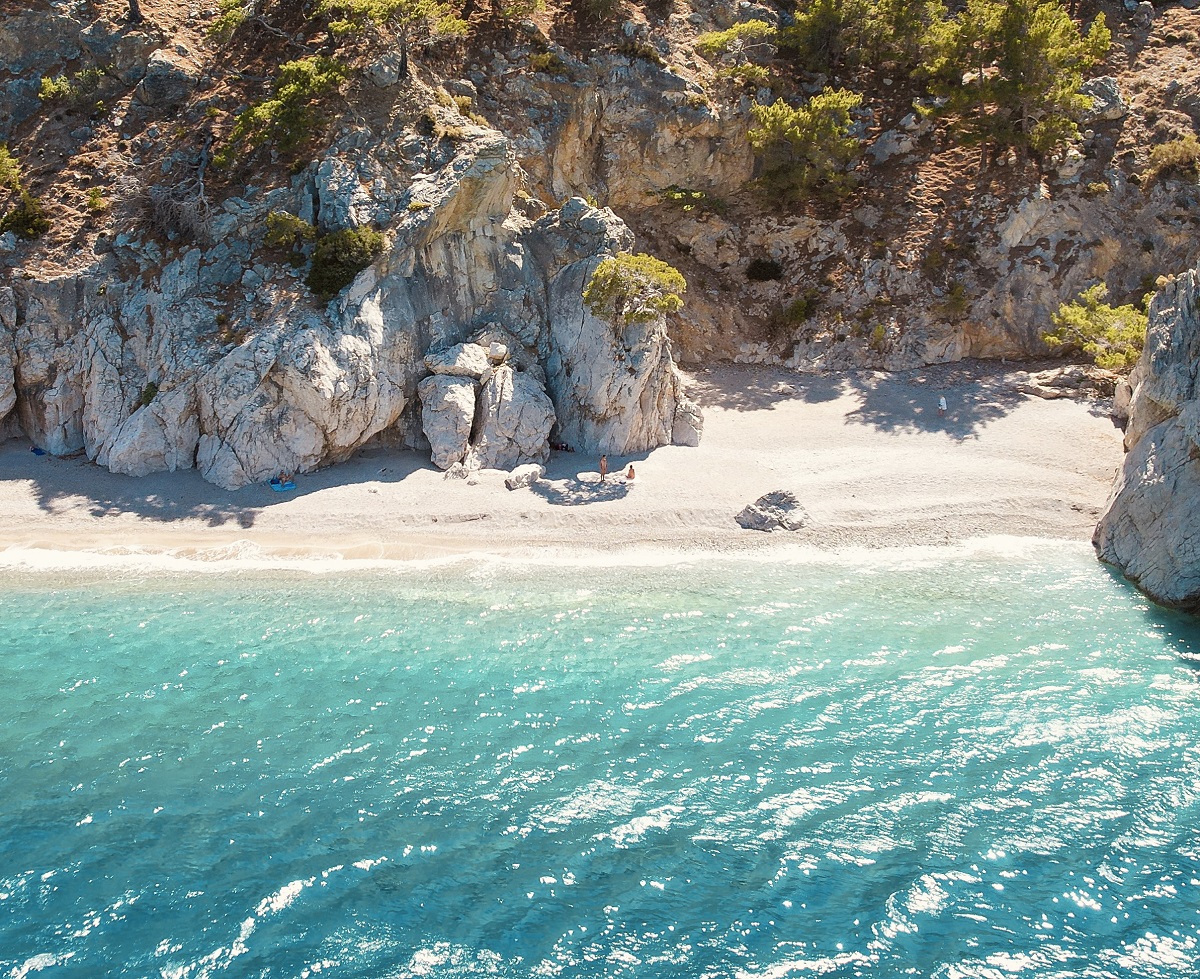
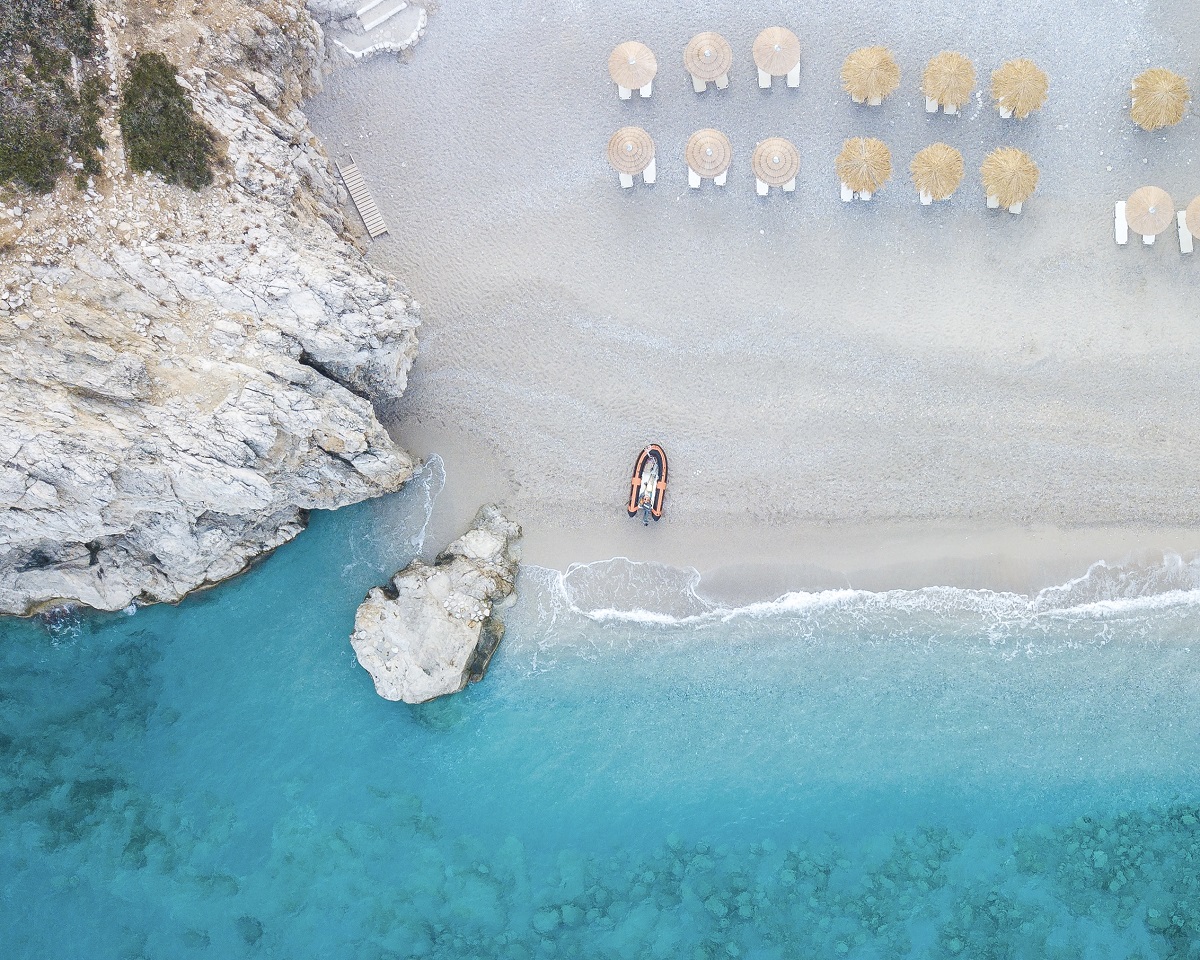
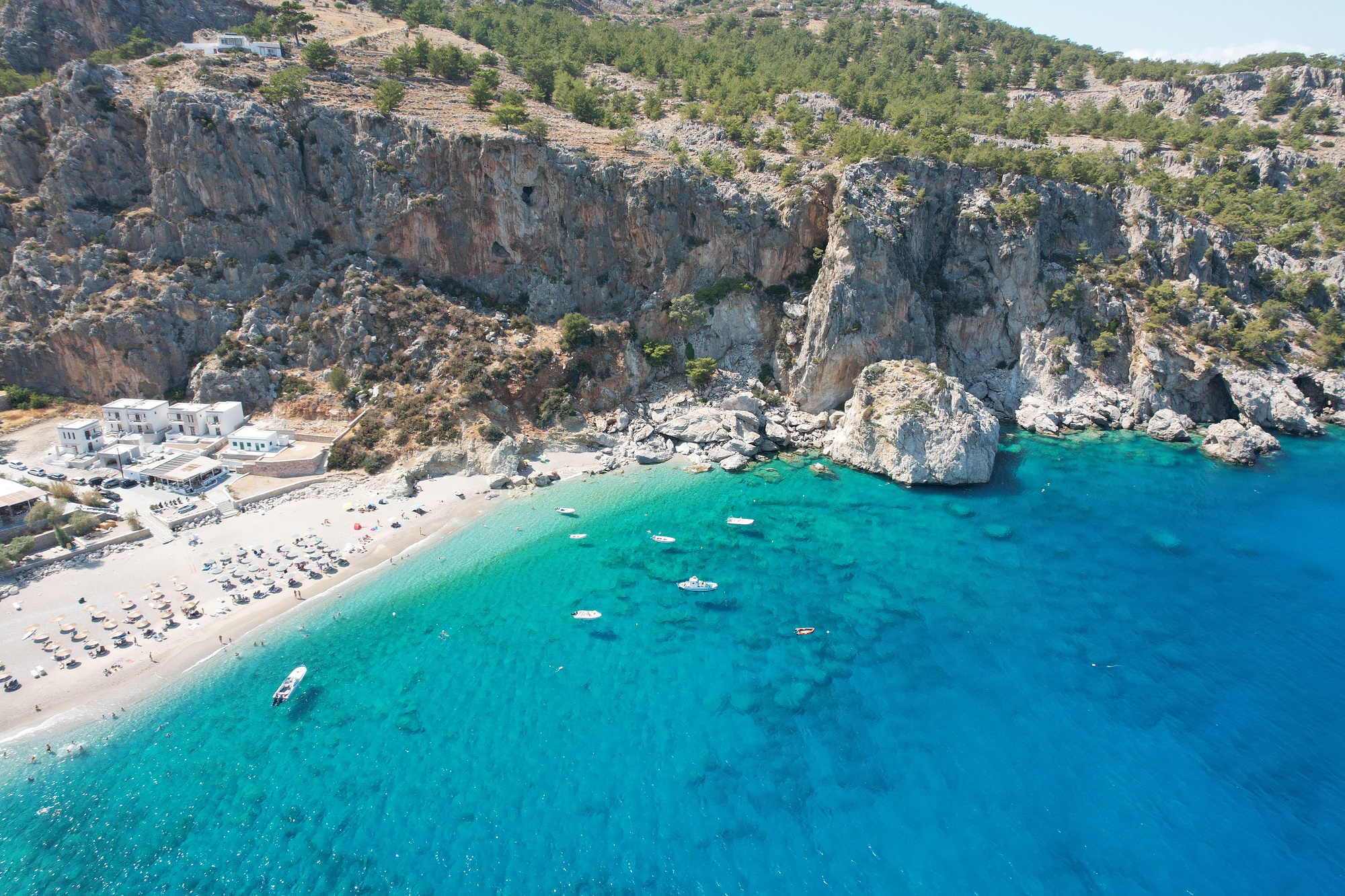
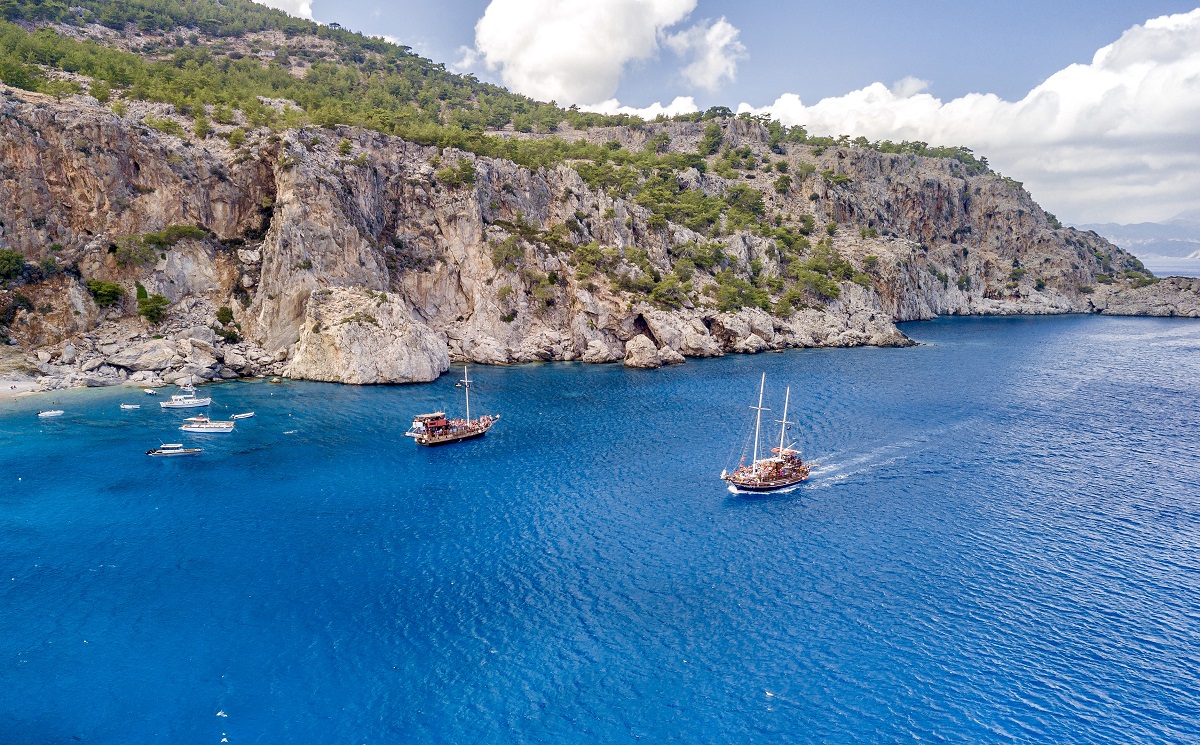
Hidden gems of Karpathos island
-
Explore nature and history in an undisturbed paradise
The north, above Olymbos and all the way to the tiny island of Saria (just north of Karpathos), is a favourite haunt for birds, seals, frogs and salamanders as well as the home of large, tasty but elusive fish. There you’ll also find the palaces of Doric Nisyros, sacred ancient Vroukounda and exotic Tristomo.
Don’t miss Saria island
There was a time when Saria was attached to its island-neighbour, Karpathos. A narrow and shallow channel now exists between the two, symbolic of making a far longer journey to a completely remote land.
Depending on which boat excursion you take from Karpathos, your day trip to Saria will involve soaking up the feeling of freedom on the beach and swimming in wonderfully clear water. Or, if you feel like it, hiking the island’s gorge and exploring the ruined settlements of a now uninhabited island.
Uninhabited, that is, other than the birds and other wildlife that have given Saria Natura 2000-protected status. Its craggy and quiet shoreline are a favourite resting place for the shy and increasingly rare Mediterranean monk seal.
It wasn’t always quiet though. The dome-roofed houses you’ll find in Saria’s main settlement, Palatia, belonged to Saracen pirates who plundered these shores in the 15th century, sending residents scattering. That, though, belongs to another time. Nowadays, it’s a very different feeling of escape you’ll experience. -
Time travel around the fertile plateau below Olymbos
It’s like stepping into another world. The plateau of Avlona invites you to travel in time around its meticulous patchwork fields, barns, scattered farm dwellings and crofts. You just pick the century and Karpathos will do the rest.
-
Hit some of the best hiking trails in Greece
If there is a hiker’s paradise in the Aegean, it must be Karpathos. Centuries-old cobblestone paths lead to forgotten ancient sites, roadless villages without electricity and with breathtaking views. The hiking trails crisscross the island but are best in the north.
-
A rare ecosystem
Karpathos is one of the most important Greek islands for the protection of rare species and ecosystems. Two sites are included in the Natura 2000 network for their bird and seal populations.
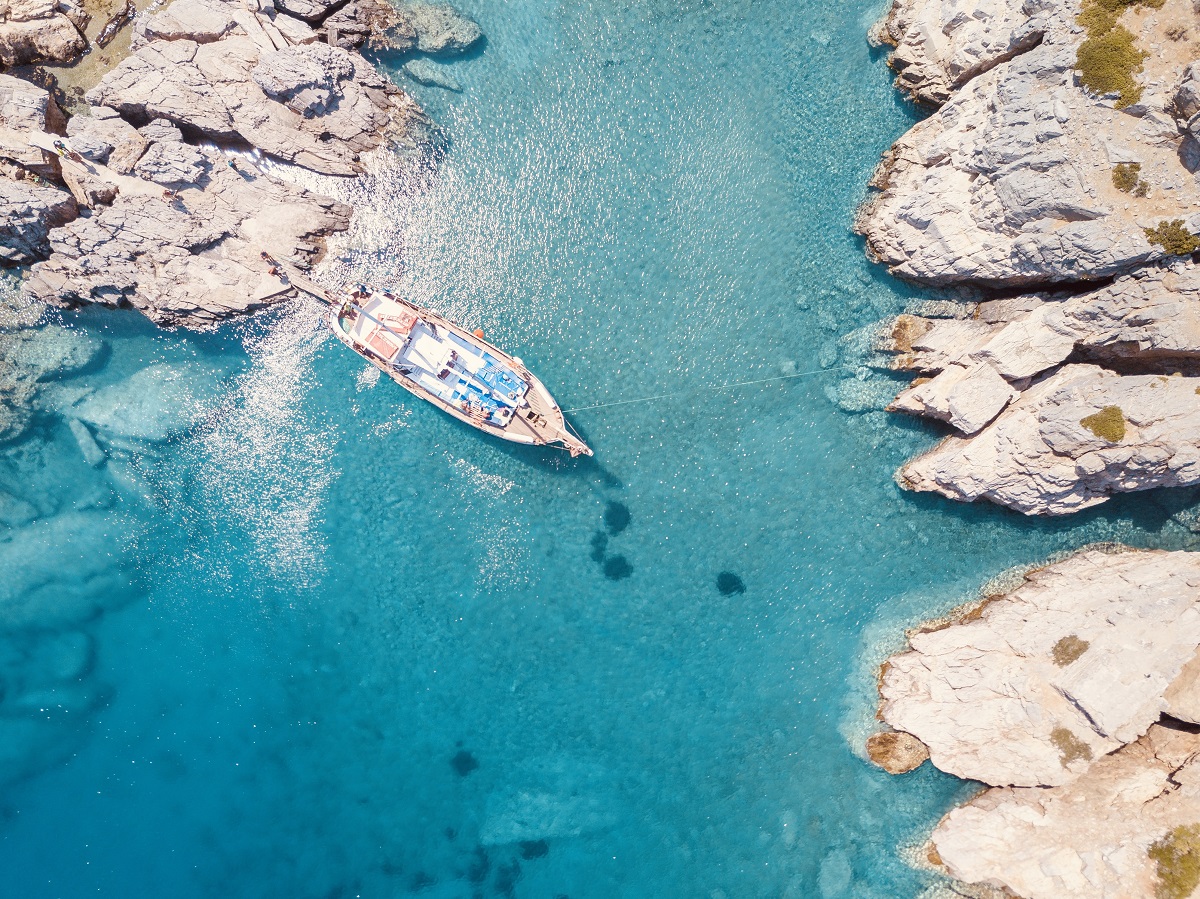
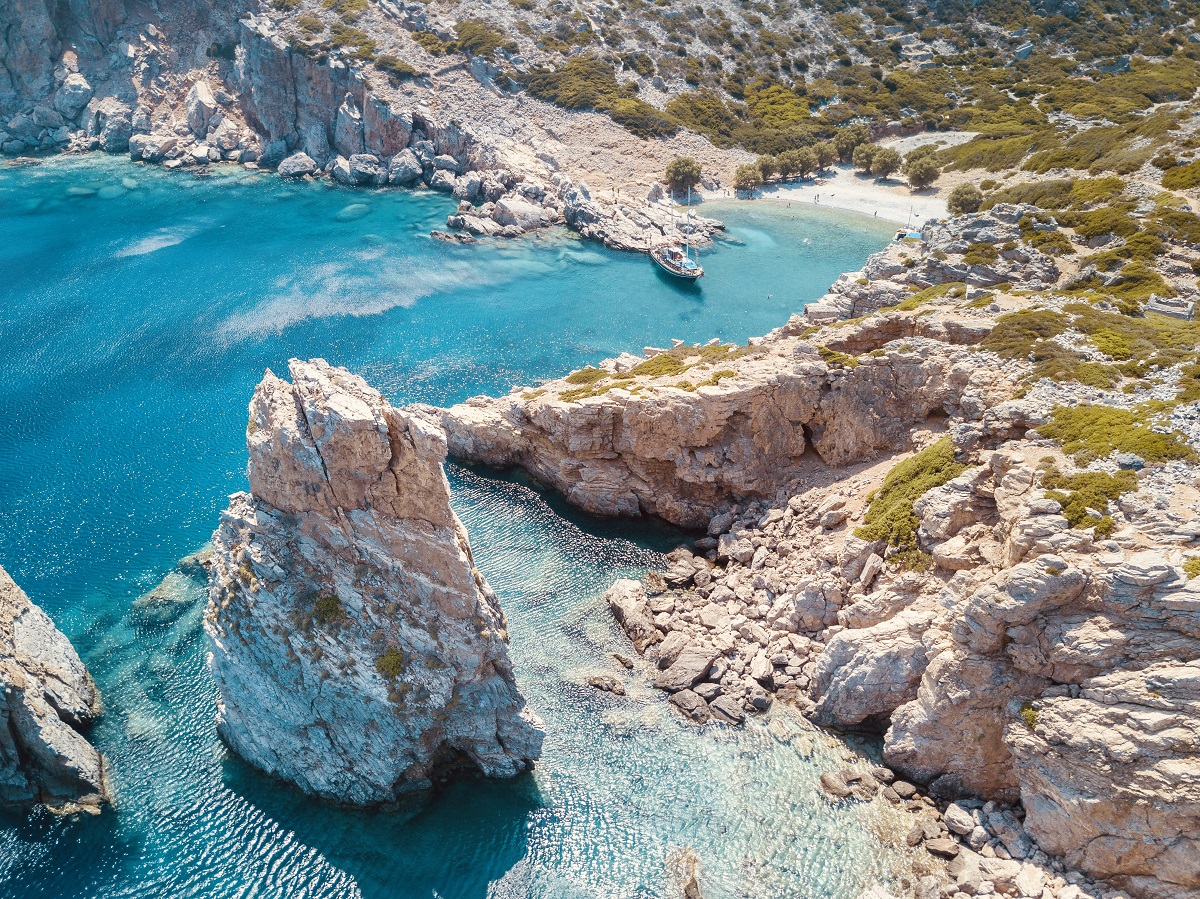
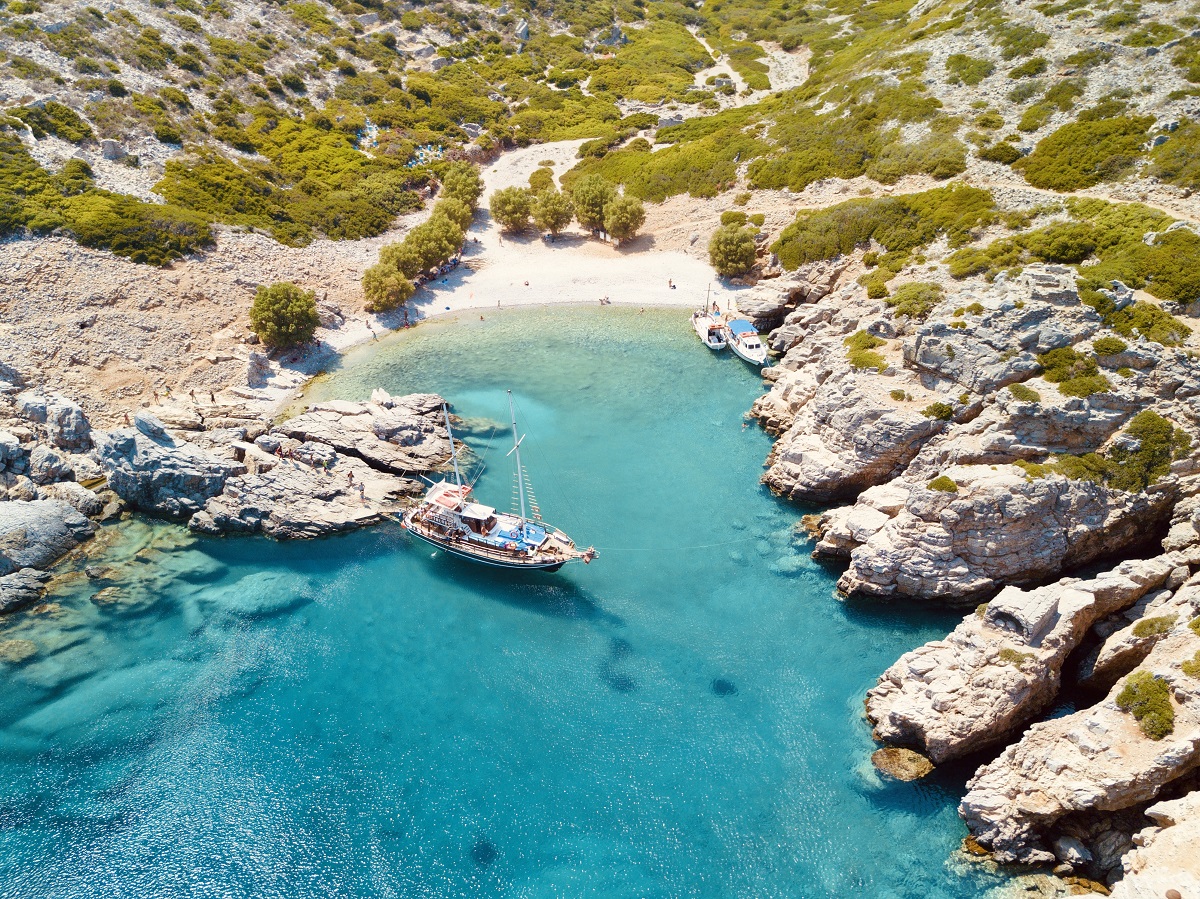
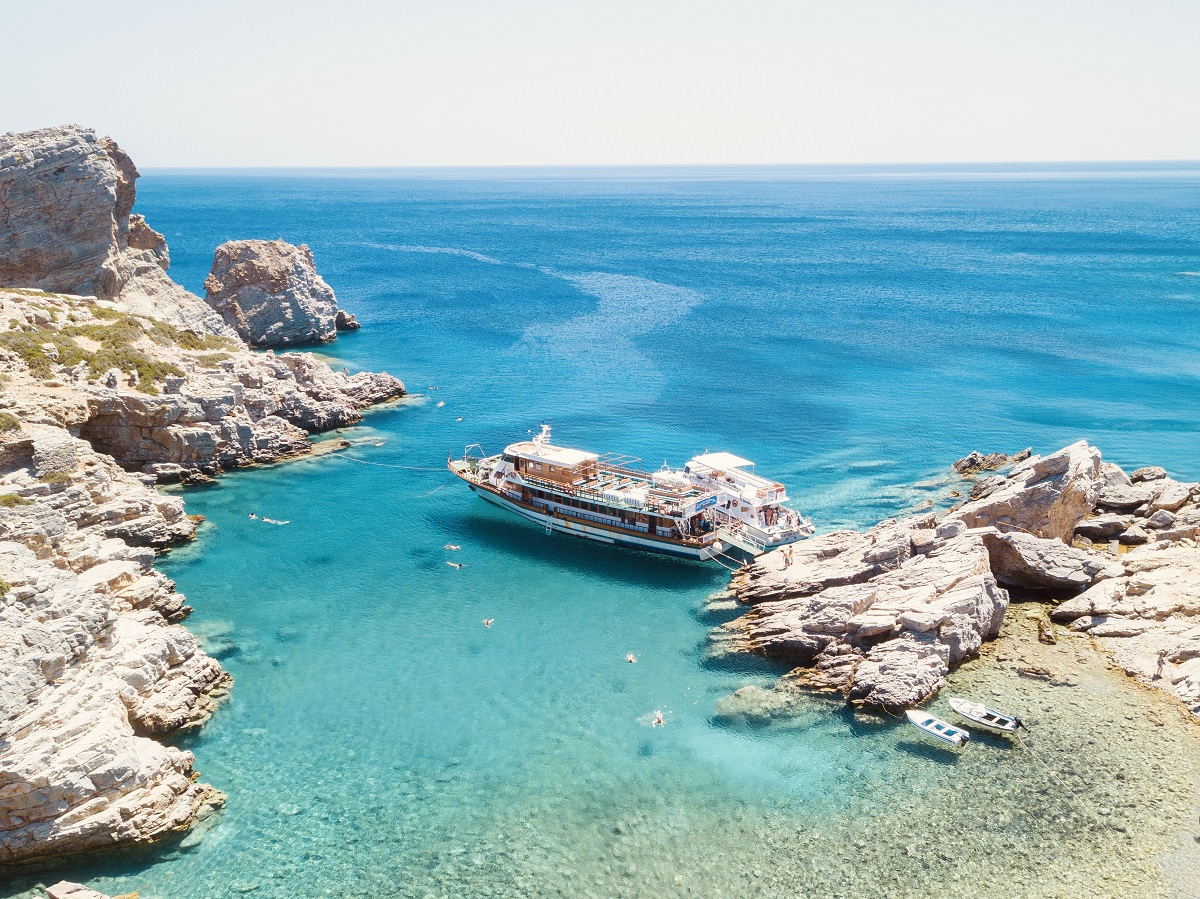
DON'T MISS
Villages to visit
Olympos
If you were looking for a place where you could bottle all the customs and traditions of Karpathos, this is it. Perched near the peak of a mountain, it was cut off from the rest of the island until 1980 (no electricity, no roads etc) and, though it now welcomes visitors more easily, it has managed to retain its authentic character. It’s like a living folk museum, with older women still in traditional dress and residents maintaining their linguistic idioms and traditional crafts. Have a look at the embroidered headscarves and handwoven souvenirs in the shops. They’re truly beautiful. The landscape is complemented by windmills and a church with a distinctive bell tower. Save your appetite for some home-cooked food in a taverna with amazing sea views.
Menetes
Colorful Menetes can be your first or last stop, it just depends on whether you want a morning or sunset view of Pigadia. Either way, the view from the amphitheatrically built mountainside village is memorable. Take a stroll – you’ll especially enjoy the yellow and blue shutters – and the viewpoint from the Church of the Virgin Mary, from which you can take a photograph. There’s also a Folklore Museum and, if you’re on the island on August 15, the village hosts a festival. It’s worth coming just for the meat stifado (stew) and rice.
Othos
Othos is the highest-lying village in the mountain of Karpathos, and it is one of the most picturesque, traditional mountain settlements of this island. Othos is situated about 520 meters above sea level on the slopes of the mountains. The houses were built amphitheatrically and offer one of the best views to the bay of Pigadia.
Pyles
The small village of Pyles is located in the western mountains of Karpathos and characterized by cobble stoned streets. Pyles has excellent views of the sea and it is our favorite place to enjoy the sunset. Traditional stone houses, narrow alleys and picturesque small churches are a few things to see in this beautiful village.
Aperi
First settled in the Middle Ages, Aperi was the capital of Karpathos until the late 19th century. You can still feel it, as the houses here are more mansion-like, with tiled roofs and flower-filled yards. But at more than 300m up, there’s still a mountain village atmosphere. You’ll find water sources dotted around a village that has grown either side of a creek, with a stone bridge linking the two sides. For a longer hike, there’s a castle at the top of the mountain and paths that you can follow from the village.

